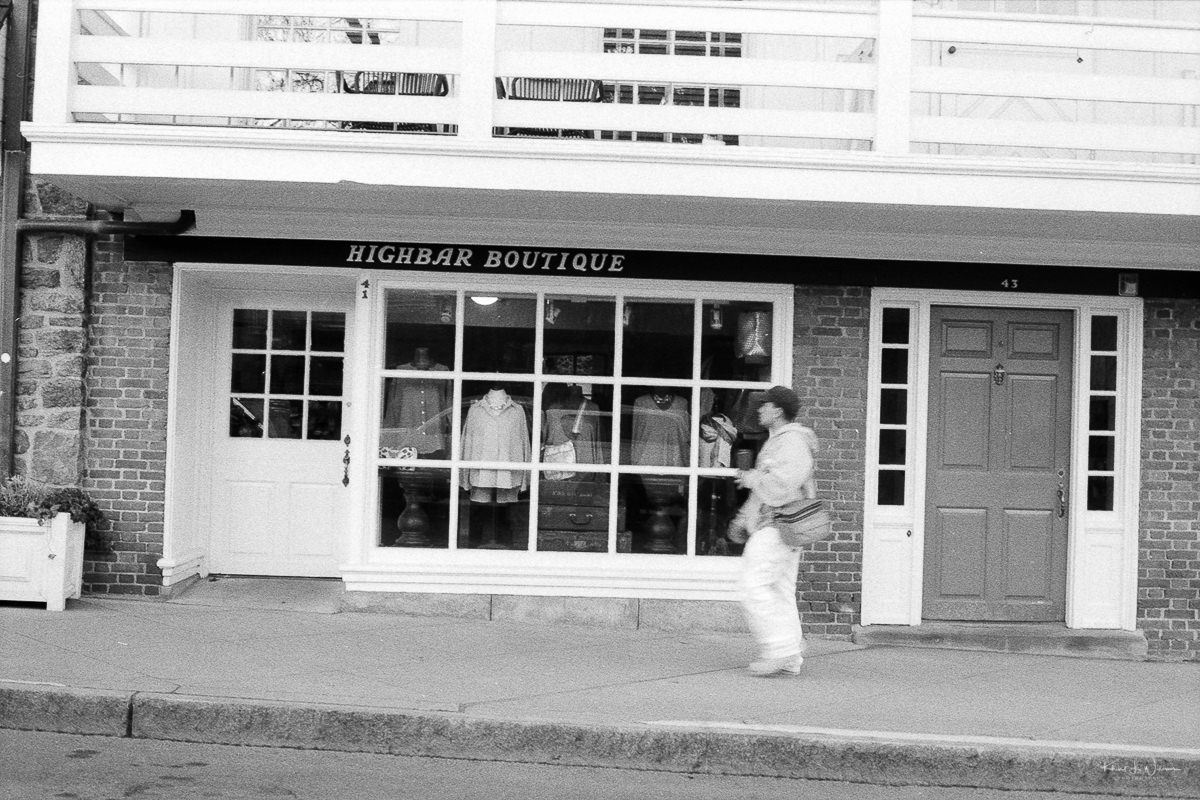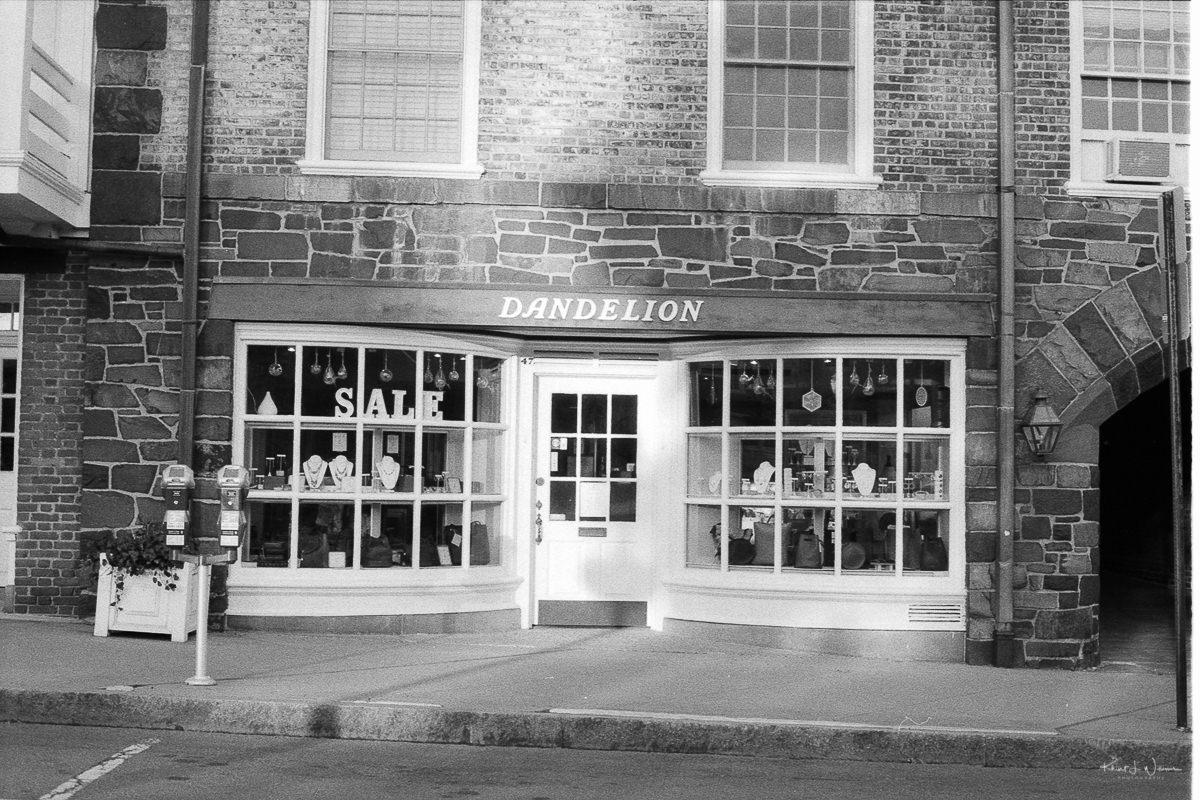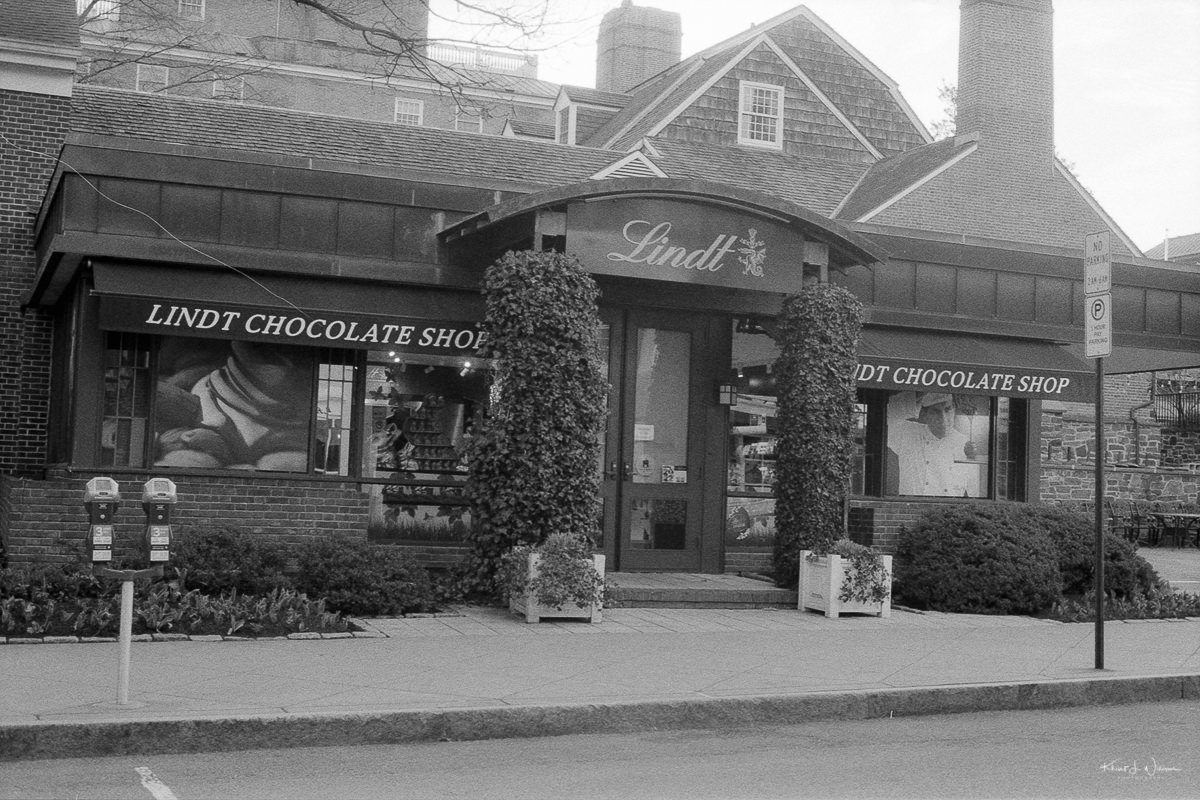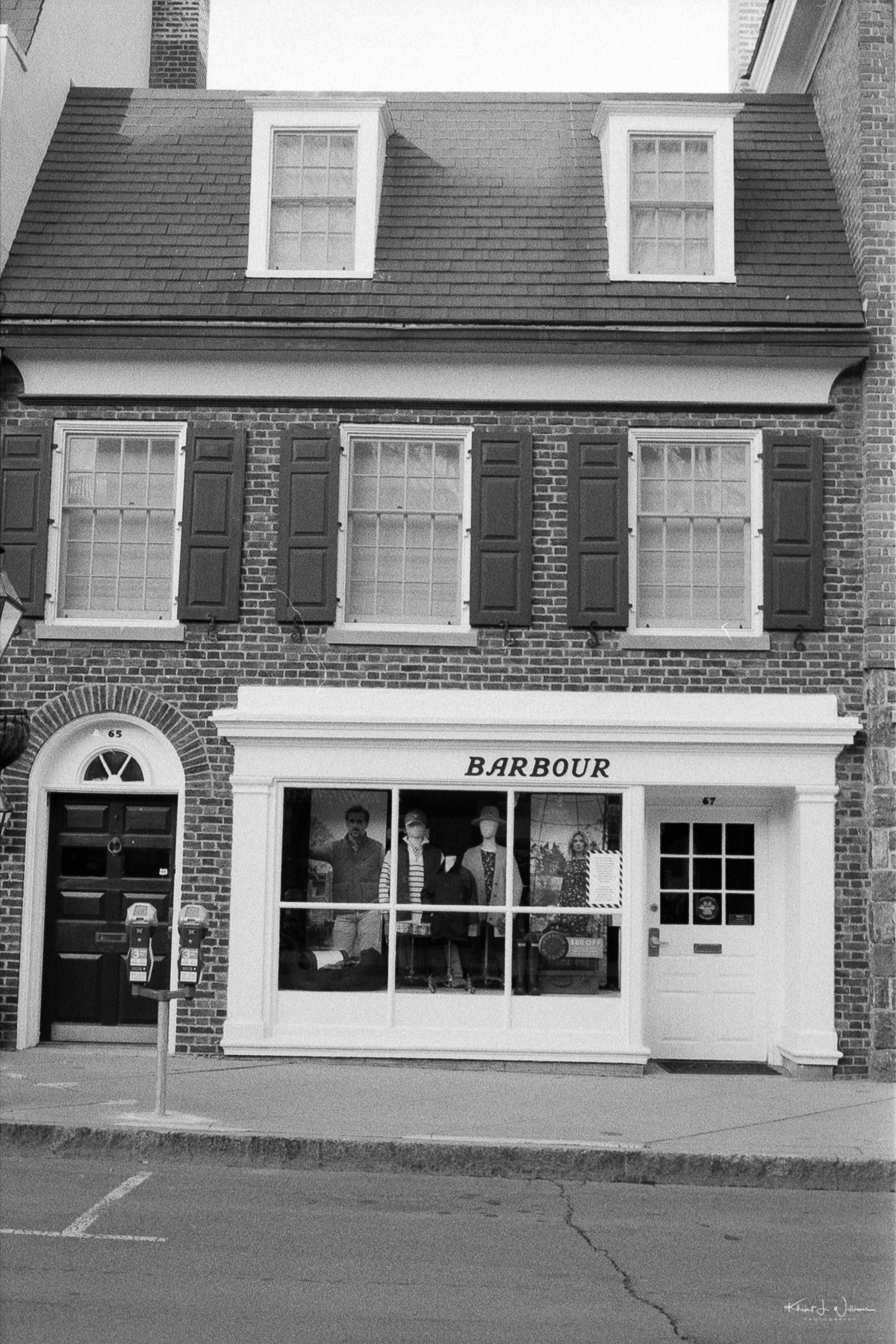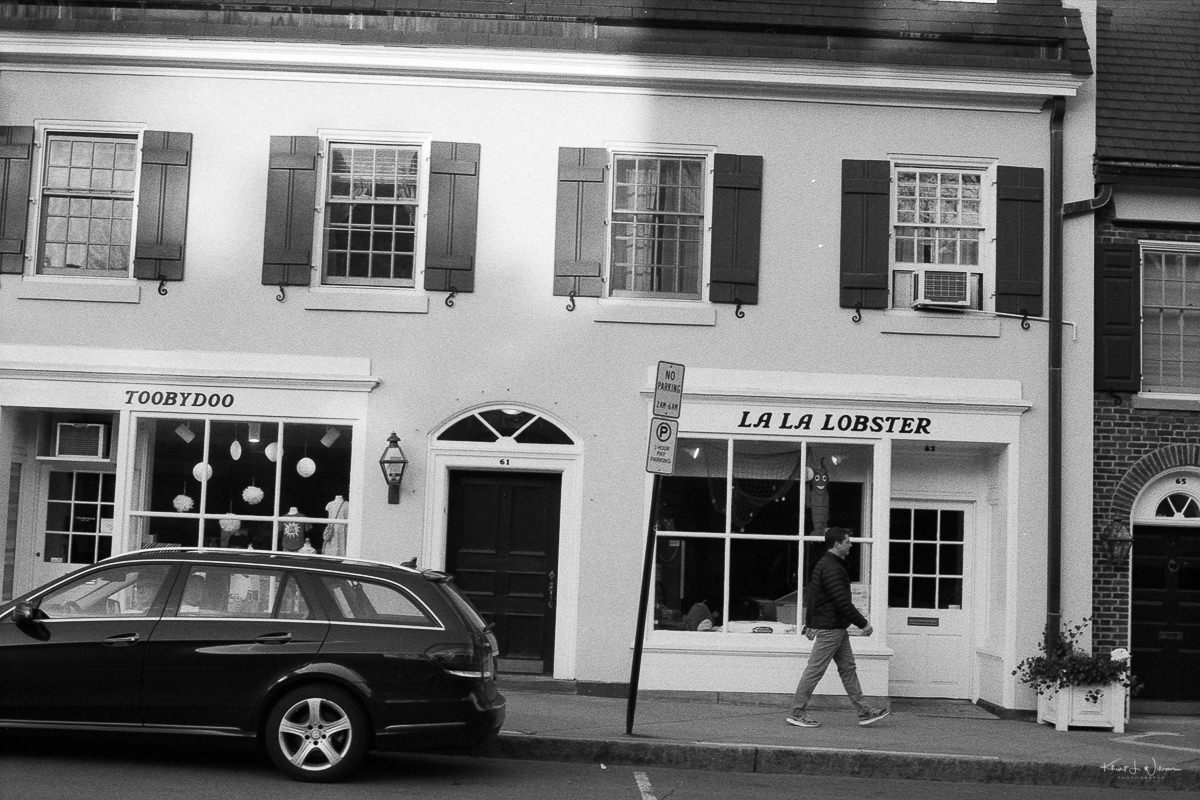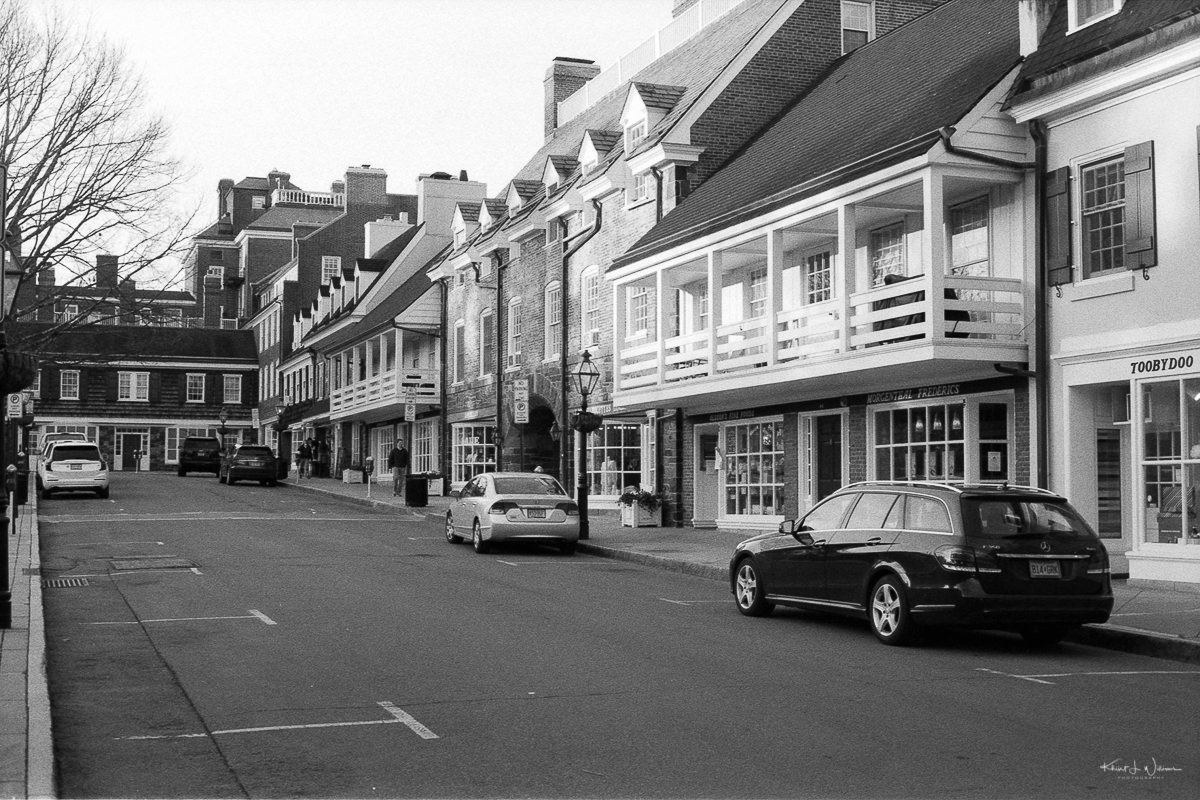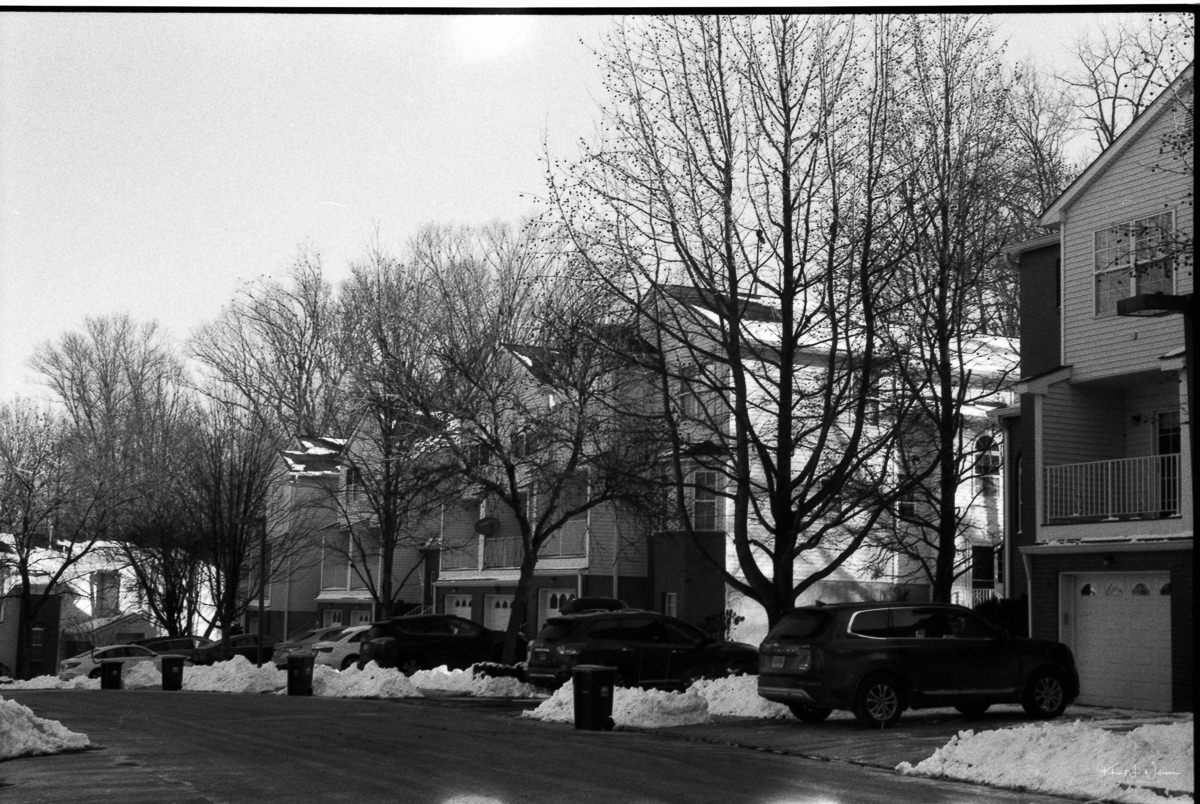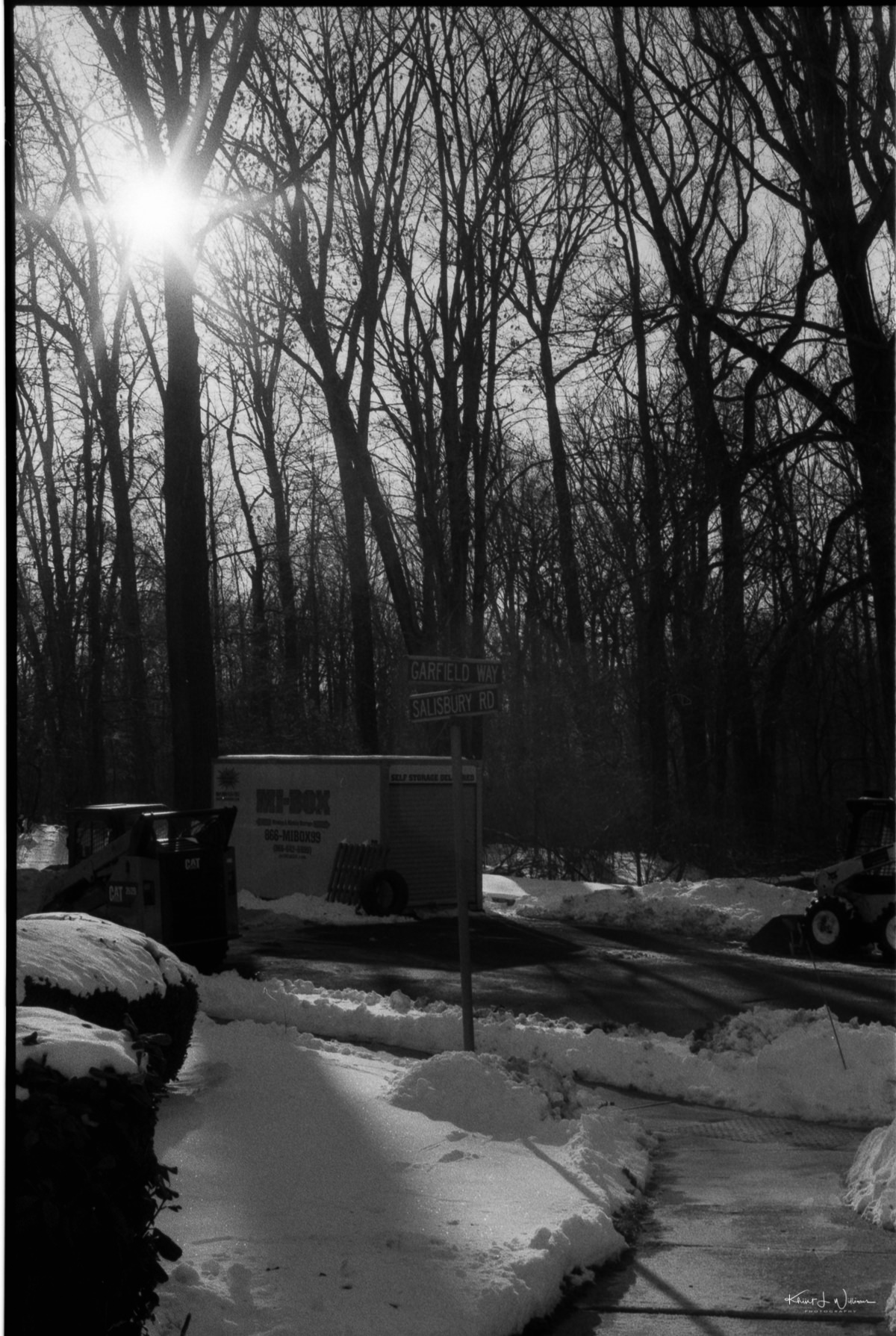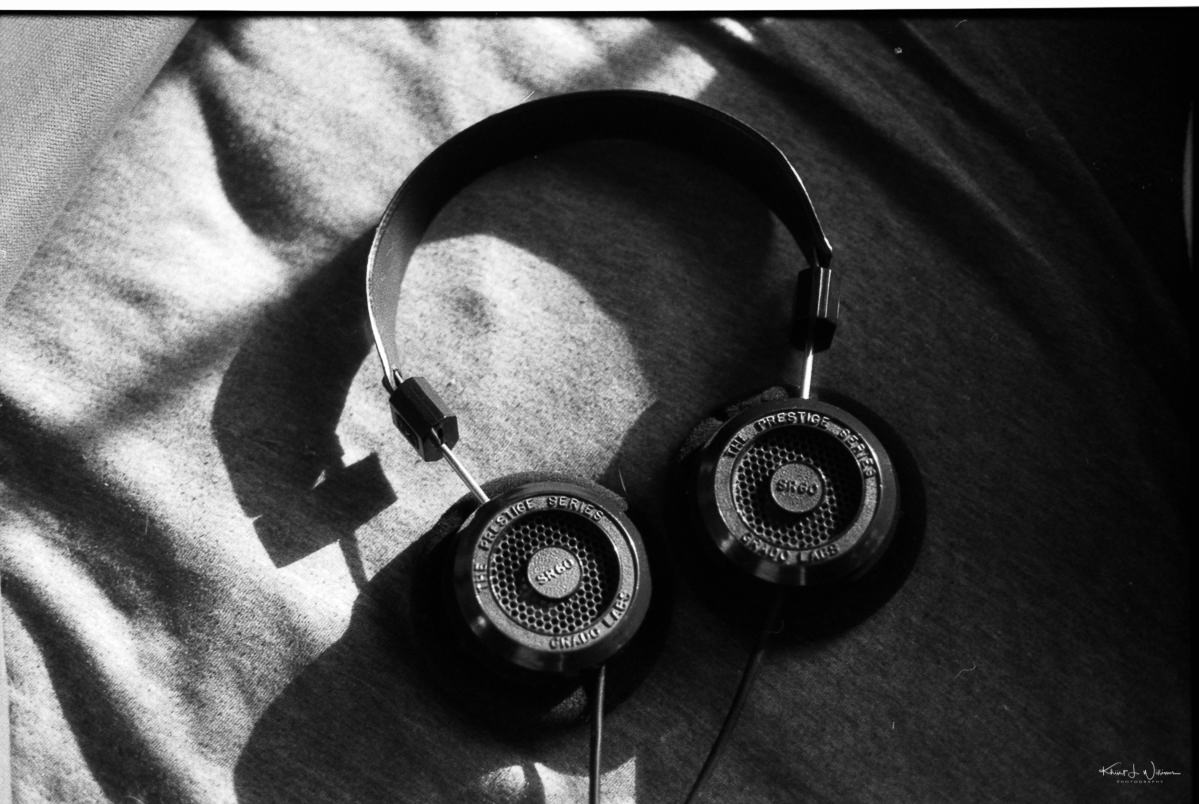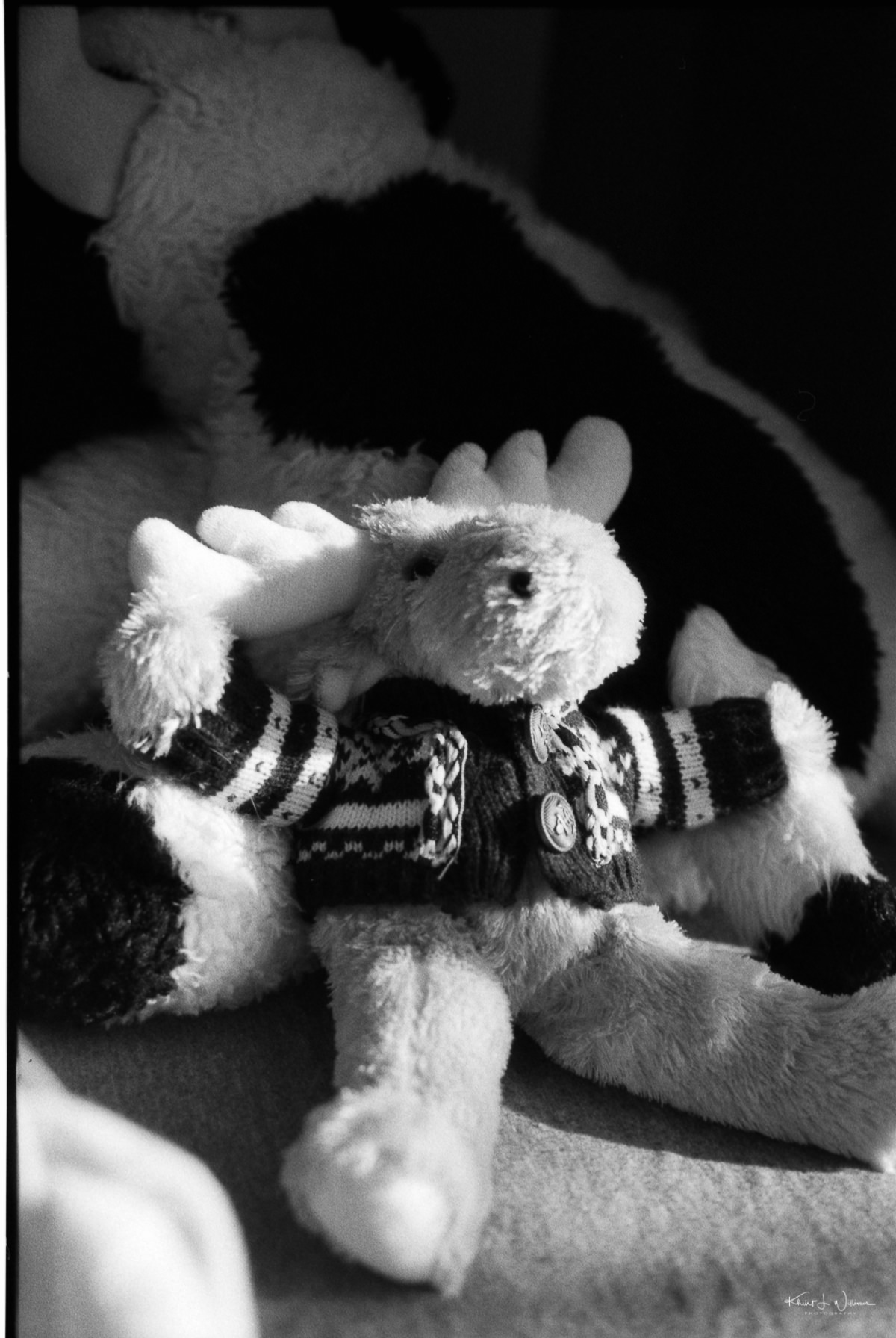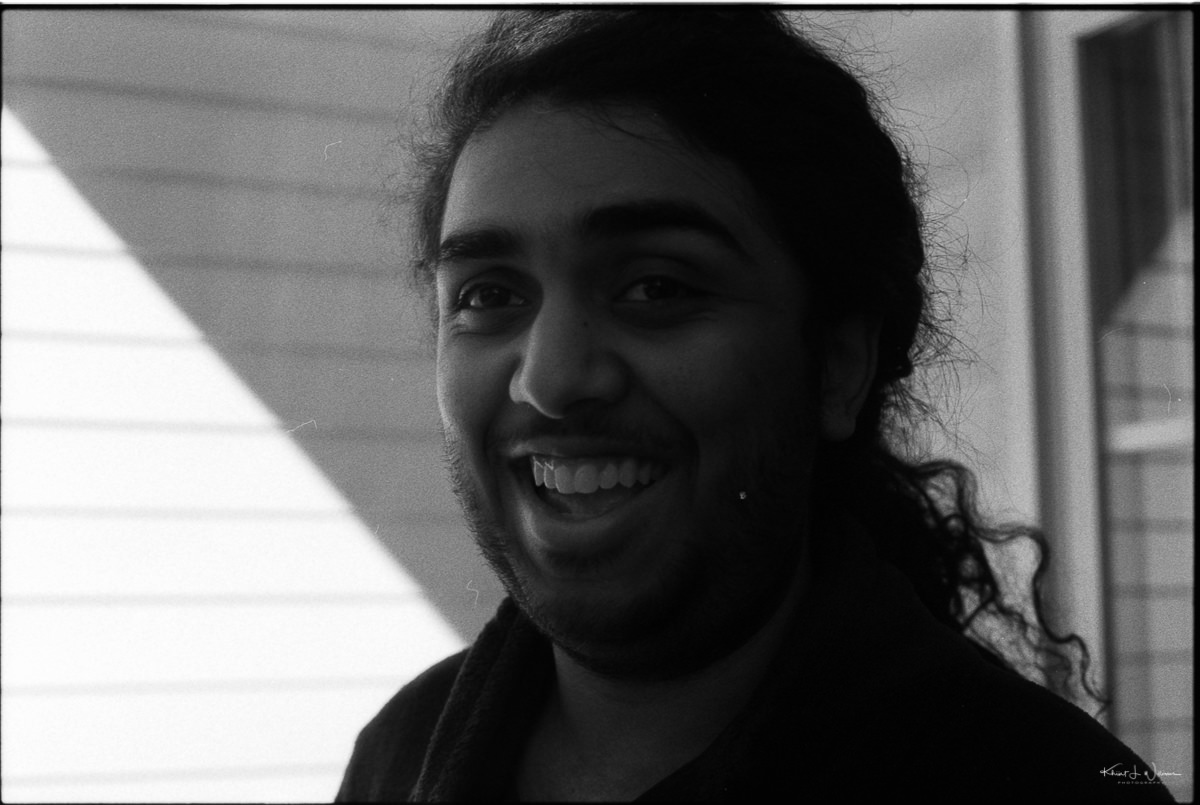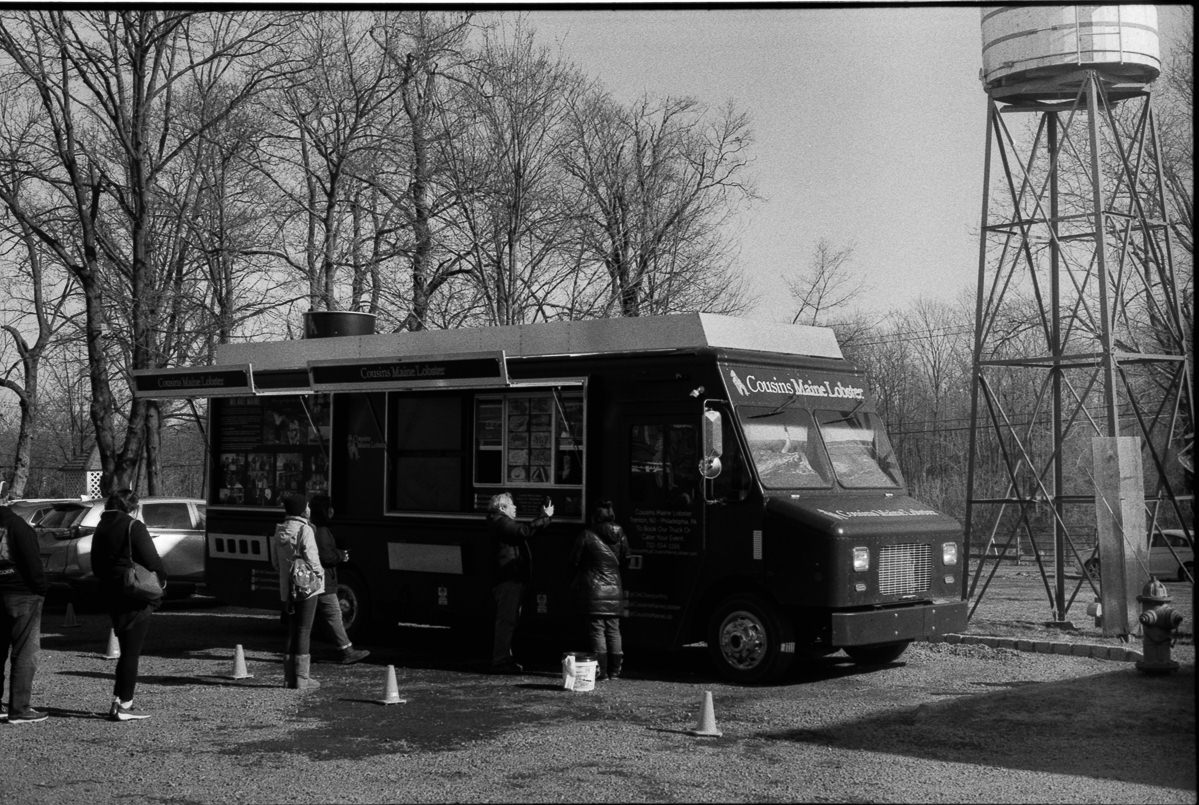Last month, I grabbed my Minolta XD-11 and Minolta MD Rokkor-X 45mm f/2 lens and drove to Palmer Square in downtown Princeton. Palmer Square is a public square and planned development across from Nassau Street and Princeton University that forms a collection of shops, restaurants, offices and (expensive) residential spaces. It's a mall.
Palmer Square is named for the original builder, Edgar Palmer, heir to the New Jersey Zinc fortune. Constructed between 1936 to 1939, the Square was created by architect Thomas Stapleton in the Colonial Revival style as the town's complement to Princeton University, which sits directly across Nassau Street from the Square. The construction of the mall was not without controversy. In 1929, the houses on Baker Street, which was the centre of the original African-American neighbourhood of Princeton, were moved to Birch Avenue; however, the financial challenges of the depression delayed construction of the Square until 1936. Plans to extend the Square past Hullfish Street were put on hold after the initial construction phase was completed and were not realised until the 1980s.
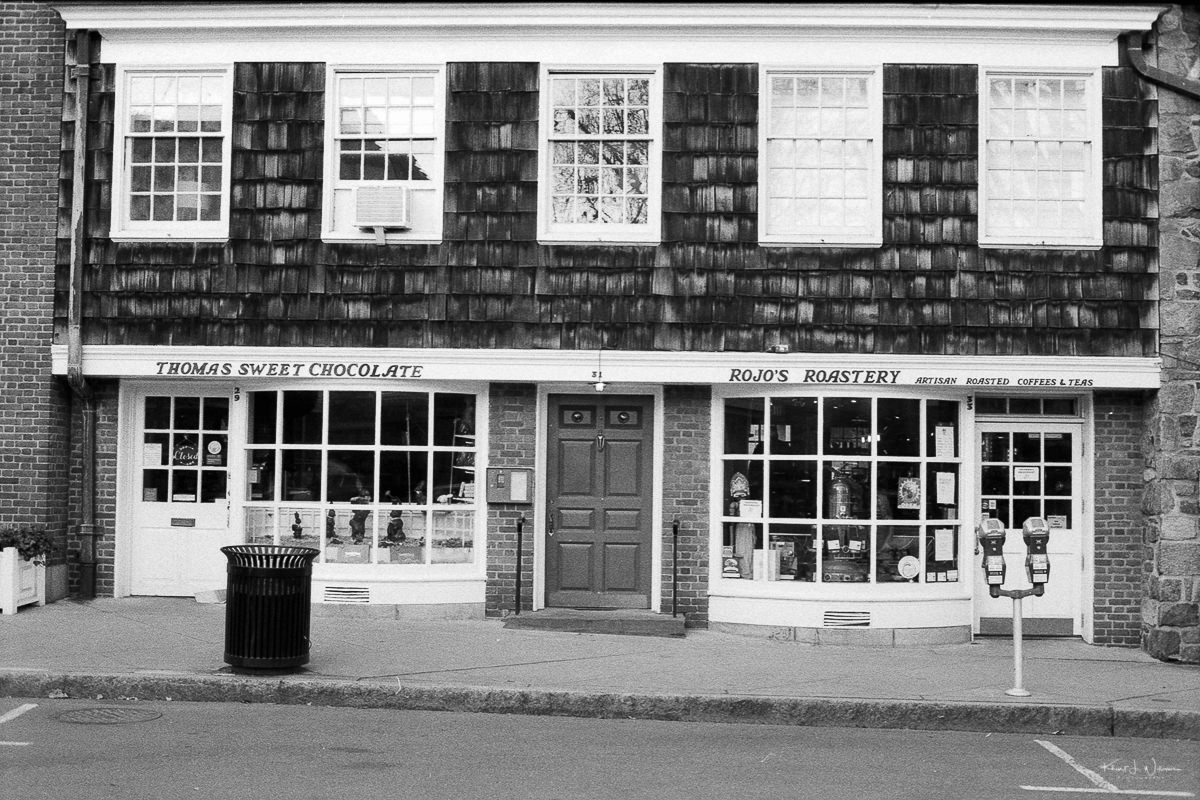
The original architect, Thomas Stapleton, used a variety of architectural styles borrowed from old Newport, Philadelphia, Annapolis and Williamstown. However, the plan of the Square is a mini-version of Rockefeller Center in New York City.
Nassau Street, the main road through the middle of Princeton, borders the southern part of Palmer Square. Hullfish Street connects the northern part of Palmer Square. Palmer Square East and Palmer Square West are the streets around and through the middle of the mall. There was a lot of construction on Palmer Square East, so I exposed a few frames on Palmer Square West.
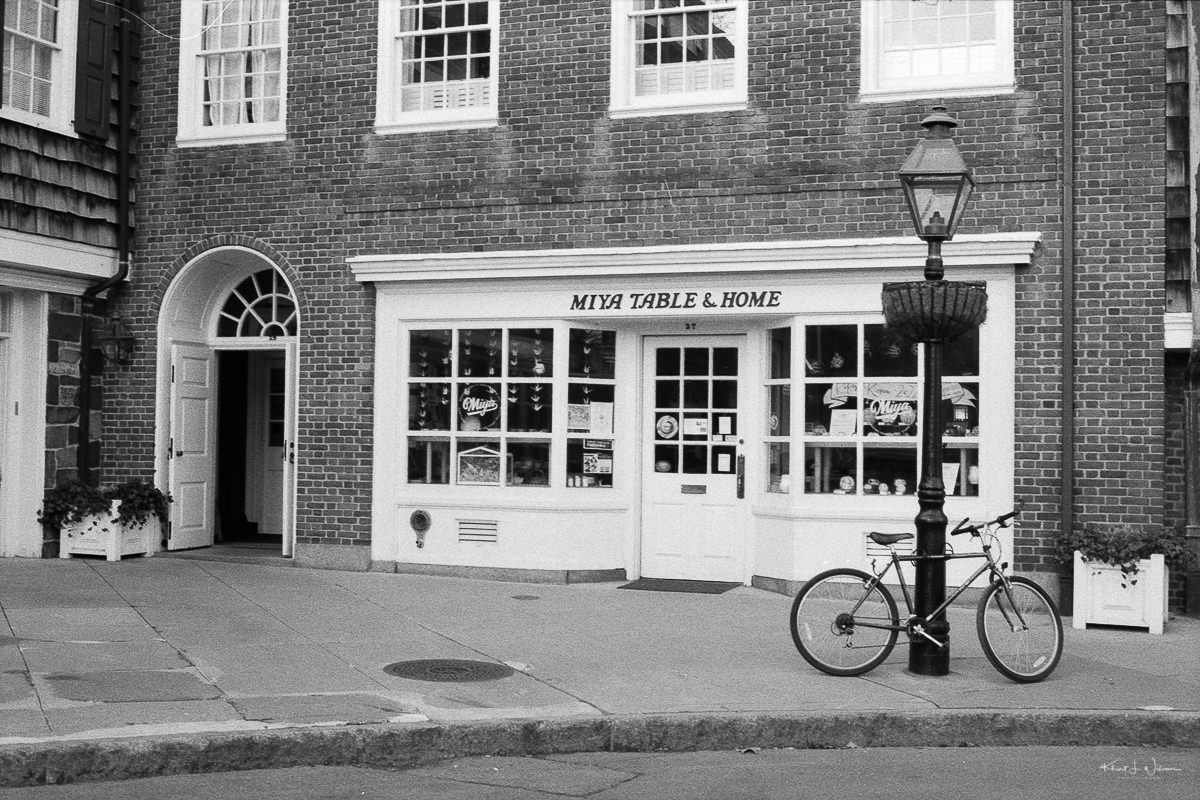
Palmer Square has become the primary dining and shopping destination in downtown Princeton. One of my favourite coffee shops is Rojo's Roastery on Palmer Square West. Before the pandemic, the Winberie's Bar on Palmer Square Est was a favourite after meeting hangout for the Princeton Tech Meetup. Palmer Square has been one of my frequent subjects for photography throughout the 21 years I have lived in the area. When all the shops were closed during the global pandemic, it was effortless to photograph the shops and streets in and around Palmer Square. This has become challenging again as activities on the Square have returned to their pre-pandemic hustle and bustle.
Palmer Square (and surrounding streets) is host to many popular local events such as Jazz Feast and Communiversity.
This set of images is from a roll I exposed last month. The sky was overcast, but it was a bright morning. I wanted to finish the 36-exposure roll of Kentmere Pan 400 black and white 35mm film. This was my first time using this film stock. Each frame was exposed at box speed using my Minolta XD-11, set in aperture priority mode. After the negatives were returned from The Boutique Film lab, I scanned them using my Epson Perfection V600. I would typically have used VueScan, but there is some incompatibility between the VueScan software and the macOS Monterrey version of the scanner driver. The negatives were scanned using SilverFast SE Plus and the scanning workflow I learned from Matt Wright. I don't know the film resolution specifications for Kentmere Pan 400, but based on my study of other ISO 400 black and white 35mm film and what I learned from a blog post by [Jim Grey], I assumed it was around 60 lines/mm. I set my scanner to scan at 1600 pixels per inch resulting in 20MB files.
The scans have more grain than I expected from this 35mm film stock. Some photographers would be ok with this level of grain, but I'm not too fond of grain. I have become spoiled by how clean a high ISO image looks from a modern digital camera sensor. I think part of my disappointment is due to operator error. I am still struggling with properly exposing 35mm film. Some of the frames are overexposed in the highlights, and the shadows that attracted me are barely noticeable. I want to change my technique.
What technique do you use for exposing high ISO 35mm film?
